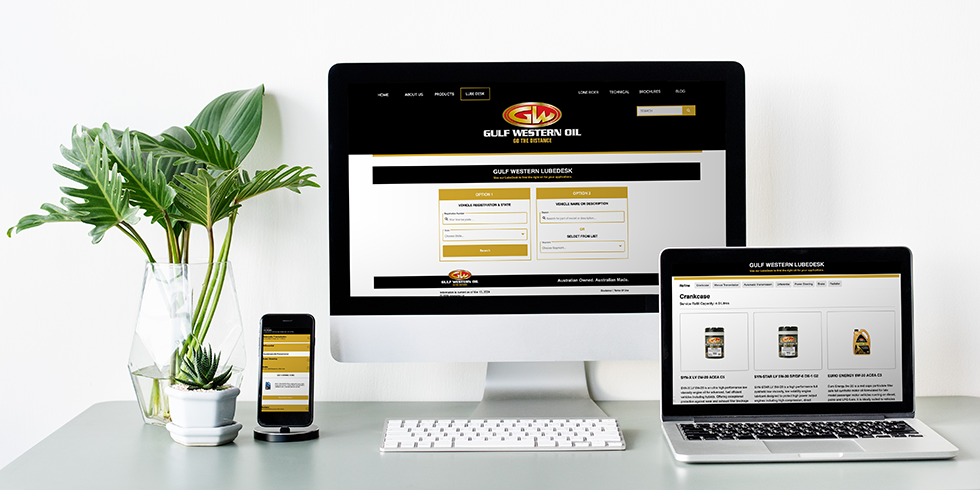In the world of machinery and industrial equipment, lubricants are the unsung heroes that keep the gears turning smoothly. However, selecting the right lubricant for your application can be a daunting task, especially with the myriad of specifications and standards floating around. Fear not, for we’re here to shed some light on this complex yet crucial aspect of maintenance.
At the heart of lubricant selection lies specifications and standards. These serve as guidelines to ensure that the lubricant you choose meets the specific requirements of your equipment and operating conditions. Let’s delve deeper into what these terms mean:
Specifications: Lubricant specifications outline the essential properties and performance criteria that a lubricant must meet to be suitable for a particular application. These criteria typically include parameters such as viscosity, temperature range, load-carrying capacity, and resistance to oxidation and wear. Organisations like the American Petroleum Institute (API), Society of Automotive Engineers (SAE), and European Automobile Manufacturers Association (ACEA) establish specifications that help standardise lubricant performance across different industries and applications.
Standards: Lubricant standards go a step further by providing a framework for testing and evaluating lubricants to ensure they meet specific quality and performance benchmarks. Standards may be set by industry organisations, regulatory agencies, or manufacturers themselves. Compliance with standards indicates that a lubricant has undergone rigorous testing and meets predefined criteria for attributes such as viscosity index, pour point, and friction reduction.
Navigating through the alphabet soup of lubricant specifications and standards can be overwhelming, but understanding a few key terms can make the process more manageable:
API Service Categories: The API service categories, such as API SP (for gasoline engines) and API CK-4 (for diesel engines), denote the performance level and suitability of lubricants for different types of engines. These categories undergo periodic updates to keep pace with advancements in engine technology and emission regulations.
SAE Viscosity Grades: The SAE viscosity grades, such as SAE 10W-30 or SAE 75W-90, indicate the viscosity of lubricants at different operating temperatures. Lower viscosity grades are suitable for cold start conditions and fuel efficiency, while higher viscosity grades offer better protection at high temperatures.
OEM Approvals: Original Equipment Manufacturer (OEM) approvals signify that a lubricant has been tested and approved by the manufacturer of the equipment for which it is intended. OEM approvals provide assurance of compatibility and performance, particularly in critical applications where warranty requirements must be met.
Understanding lubricant specifications and standards is essential for ensuring that you select the right lubricant to keep your vehicle or machinery running smoothly and efficiently. By familiarising yourself with the key terms and criteria outlined by organisations like API, SAE, and OEMs, you can make informed decisions that optimise equipment performance, minimise downtime, and extend the lifespan of your assets. So, the next time you’re faced with the task of choosing a lubricant, arm yourself with knowledge and navigate the labyrinth with confidence.
Did you know that here at Gulf Western, we have a free tech line you can call for advice – 1800 248 919 in addition to our free LubeDesk app where you can search for the correct lubricant using just your registration number!
At Gulf Western Oil, we know oil well and are one of the largest Australian-owned lubricants manufacturer’s, so give us a call on 1800 248 919 or fill in the form below and one of our friendly team members will be in touch.
